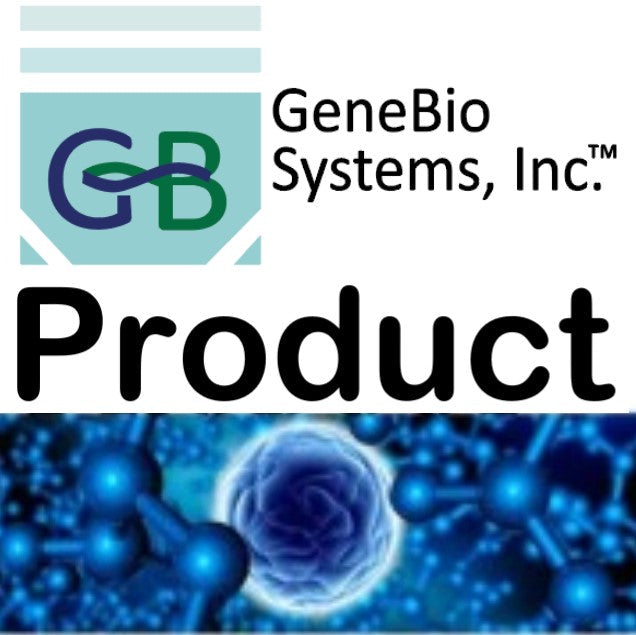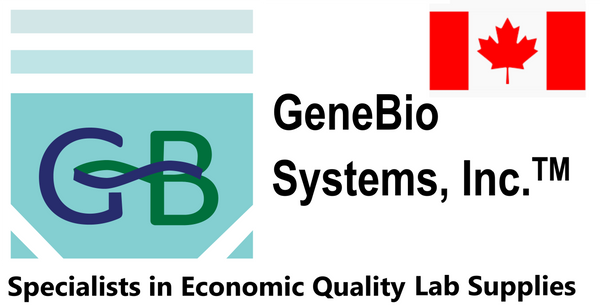Gene Bio Systems
Recombinant Human Iron-sulfur cluster assembly enzyme ISCU, mitochondrial(ISCU)
Recombinant Human Iron-sulfur cluster assembly enzyme ISCU, mitochondrial(ISCU)
SKU:CSB-EP887955HU
Couldn't load pickup availability
Size: 200ug. Other sizes are also available. Please Inquire.
In Stock: No
Lead time: 10-20 working days
Research Topic: Signal Transduction
Uniprot ID: Q9H1K1
Gene Names: ISCU
Organism: Homo sapiens (Human)
AA Sequence: YHKKVVDHYENPRNVGSLDKTSKNVGTGLVGAPACGDVMKLQIQVDEKGKIVDARFKTFGCGSAIASSSLATEWVKGKTVEEALTIKNTDIAKELCLPPVKLHCSMLAEDAIKAALADYKLKQEPKKGEAEKK
Expression Region: 1-167aa
Sequence Info: Full Length
Source: E.coli
Tag Info: N-terminal GST-tagged
MW: 41.4 kDa
Alternative Name(s): NifU-like N-terminal domain-containing protein NifU-like protein
Relevance: Scaffold protein for the de novo synthesis of iron-sulfur (Fe-S) clusters within mitochondria, which is required for maturation of both mitochondrial and cytoplasmic [2Fe-2S] and [4Fe-4S] proteins. First, a [2Fe-2S] cluster is transiently assembled on the scaffold protein ISCU. In a second step, the cluster is released from ISCU, transferred to a glutaredoxin GLRX5, followed by the formation of mitochondrial [2Fe-2S] proteins, the synthesis of [4Fe-4S] clusters and their target-specific insertion into the recipient apoproteins. Cluster assembly on ISCU depends on the function of the cysteine desulfurase complex NFS1-LYRM4/ISD11, which serves as the sulfur donor for cluster synthesis, the iron-binding protein frataxin as the putative iron donor, and the electron transfer chain comprised of ferredoxin reductase and ferredoxin, which receive their electrons from NADH
Reference: "Distinct iron-sulfur cluster assembly complexes exist in the cytosol and mitochondria of human cells." Tong W.-H., Rouault T. EMBO J. 19:5692-5700(2000)
Purity: Greater than 90% as determined by SDS-PAGE.
Storage Buffer: Tris-based buffer,50% glycerol
Storage: The shelf life is related to many factors, storage state, buffer ingredients, storage temperature and the stability of the protein itself. Generally, the shelf life of liquid form is 6 months at -20℃/-80℃. The shelf life of lyophilized form is 12 months at -20℃/-80℃.
Notes: Repeated freezing and thawing is not recommended. Store working aliquots at 4℃ for up to one week.


